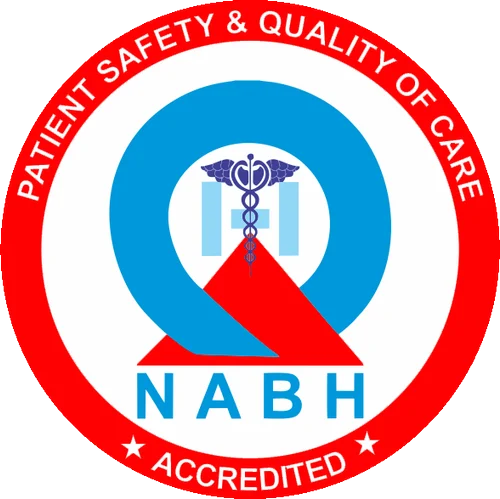

About Anti-VEGF Treatment
Anti-VEGF Treatment
Anti-VEGF treatments are a group of medicines which reduce new blood vessel growth or oedema (swelling). They can be used to treat a number of eye conditions which cause new blood vessel growth or swelling under the macula area of your retina. Uses of anti-VEGF TreatmentCurrently anti-VEGF treatment is used for:
'wet' Age-related macular degeneration (AMD)
Diabetic maculopathy
Macular oedema caused by retinal vein occlusion.
New blood vessel growth and macular oedema can also occur in other retinal conditions, so in the future anti-VEGF medications may be used in a wider range of situations.
Anti-VEGF treatments are given by an injection into the eye and work by reducing the growth of new blood vessels and the oedema (swelling) they may cause. Doing this can reduce the risk of scarring and damage to the retina caused by these new vessels, which in turn can help to avoid further sight loss and for some people cause an improvement in vision.Depending on the condition you have, your ophthalmologist will perform tests to decide whether or not treatment with anti-VEGF medication is right for you and your condition.
After examining your eye, the consultant may undertake further tests to give them a clearer picture or your eye and your symptoms. The common tests used to assess the state of your retina are:
Slit lamp examination
Fluorescein angiography
Optical coherence tomography (OCT).
Procedure
Anti-VEGF drugs are given as an injection into the vitreous (the jelly-like substance inside your eye). The injection is given through the white of your eye (the sclera). The injection needs to be given in a sterile way and you may have the treatment in an operating theatre, though more commonly it may be given in a room which has been designed for this type of treatment (sometimes called a clean treatment room).
The needle used for the injection is small and short and the injection itself only takes a few seconds. As you will have had an anaesthetic drop in your eye the injection feels like a small point of pressure on your eye.After your injection, your vision may be blurry for several hours because of the dilating eye drops; this should improve by the next day or the day after. The white of your eye may be red where the injection was given but that should disappear in a few days. You may notice black swirls in your vision for a few weeks (this is the drug floating which you can notice in your vitreous gel). Your eye should feel comfortable by the next day. You may be given some eye drops to take for a few days after the injection to prevent you developing an infection.



